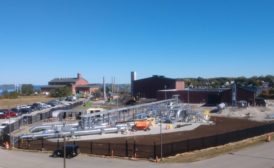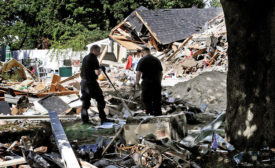Home » Keywords: » natural
Items Tagged with 'natural'
ARTICLES
Big Mass. Natural Gas Compressor Opponents Could Get New Chance To Shut It Down
Federal regulators say they erred in not holding a public hearing on Weymouth project, lynchpin to a U.S.-to-Canada pipeline
Read More
'Major' Mass. Gas Leak Follows Feds Call For Regulation Changes One Year After Deadly Gas Explosions
Lawrence Experiences Another Leak on Friday Morning
Read More
The latest news and information
#1 Source for Construction News, Data, Rankings, Analysis, and Commentary
JOIN ENR UNLIMITEDCopyright ©2024. All Rights Reserved BNP Media.
Design, CMS, Hosting & Web Development :: ePublishing




